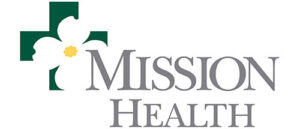Mission Health


Our Approach
STEP 1
We met with EVS and Safety to walk the hospital to identify their current process and set up. While walking the hospital we spoke with nursing to ask what they knew about the black bins and what they would like to see in handling this issue. 90% of the staff said they wanted a list of what is hazardous pharmaceutical waste. Additionally, we conducted a waste audit of the black bins. During this exercise we found items that should be empty, like full saline bags, gloves, expired meds, packaging of meds, and non-hazardous RCRA.
STEP 2
Daniels requested a list from Mission Pharmacy to see all drugs they used, ran a formulary for Mission to show what each drug was coded and what drugs were not hazardous, and finally presented the list and formulary to Safety and Nursing Admin. Here we worked together to put a standard list of all the drugs that were considered hazardous waste.
STEP 3
Leading up to the rollout of our non-hazardous reusable containers. We educated all nursing staff throughout the hospital to show the list and explain the new process. We also educated on certain packaging and saline bags to go directly to general waste. We worked with the staff on how many locations of non-haz containers they needed and where they should be placed.
Let's Talk!
Your time is valuable, and we don’t want to play hard to get. You can either phone us directly on the details listed on our contact page, or feel free to fill out this short form and one of our team members will get back to you as quickly as possible.